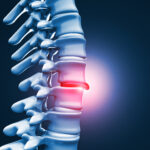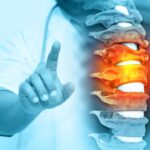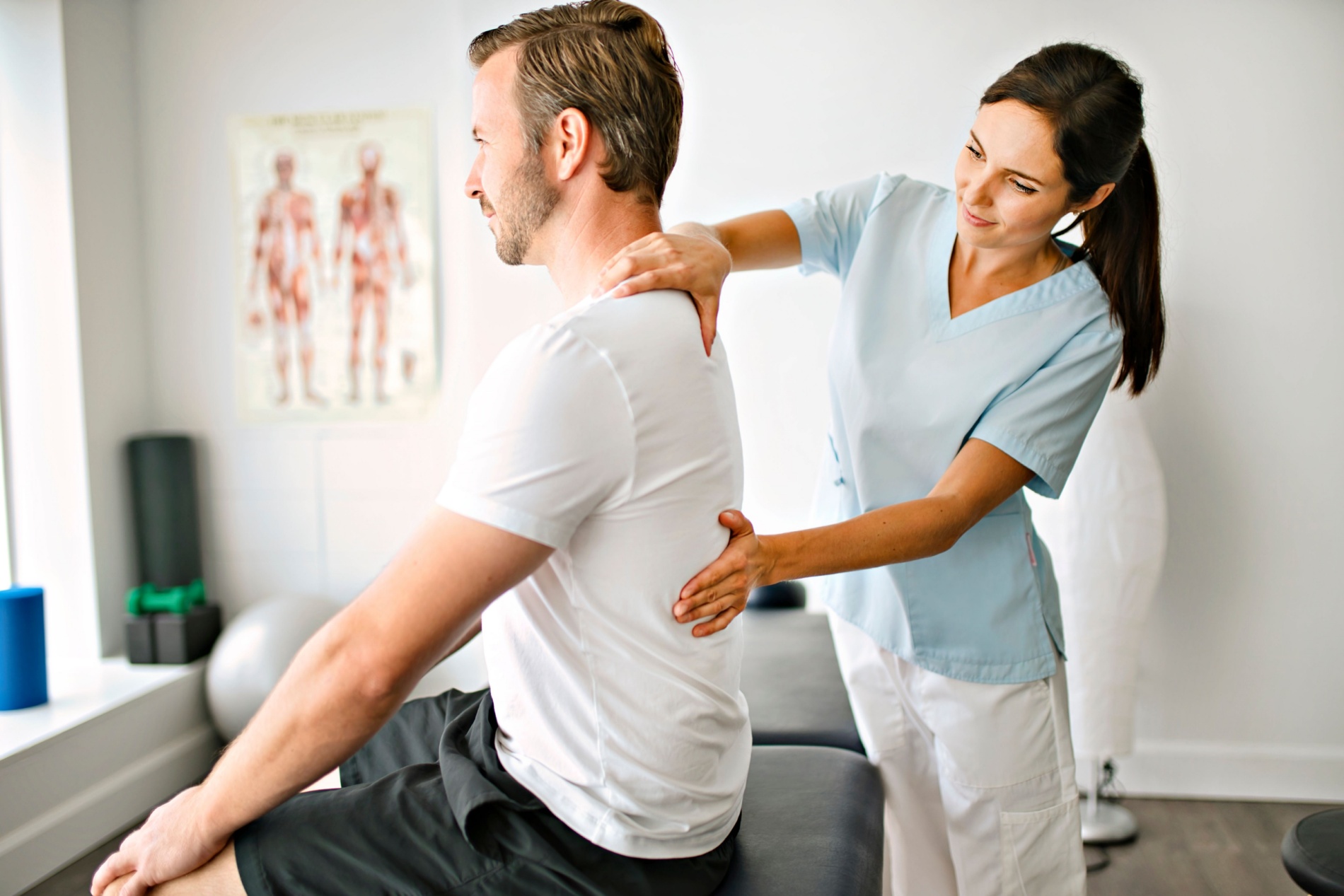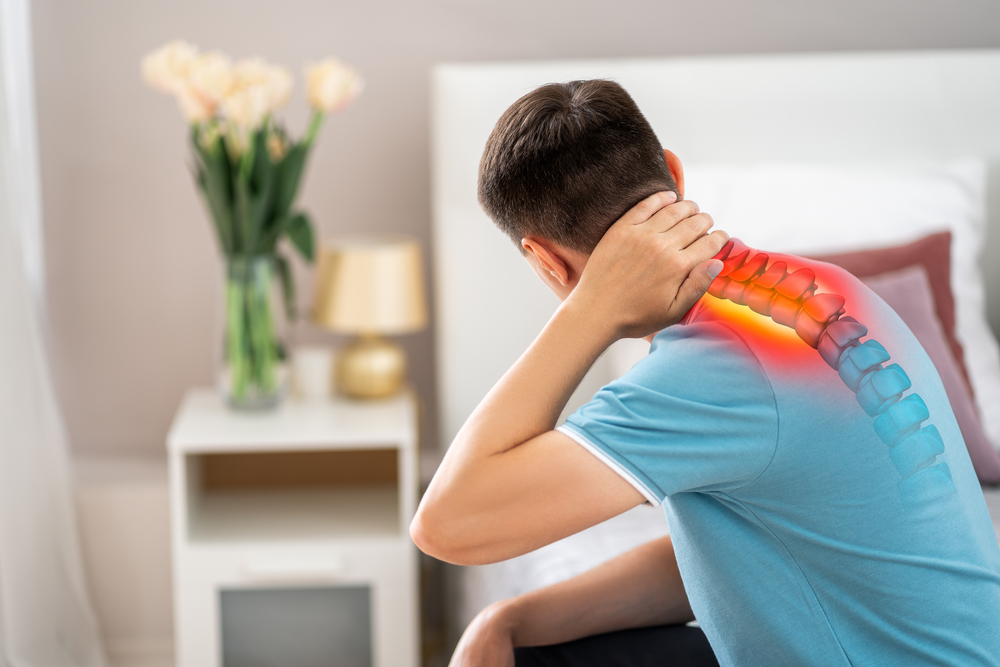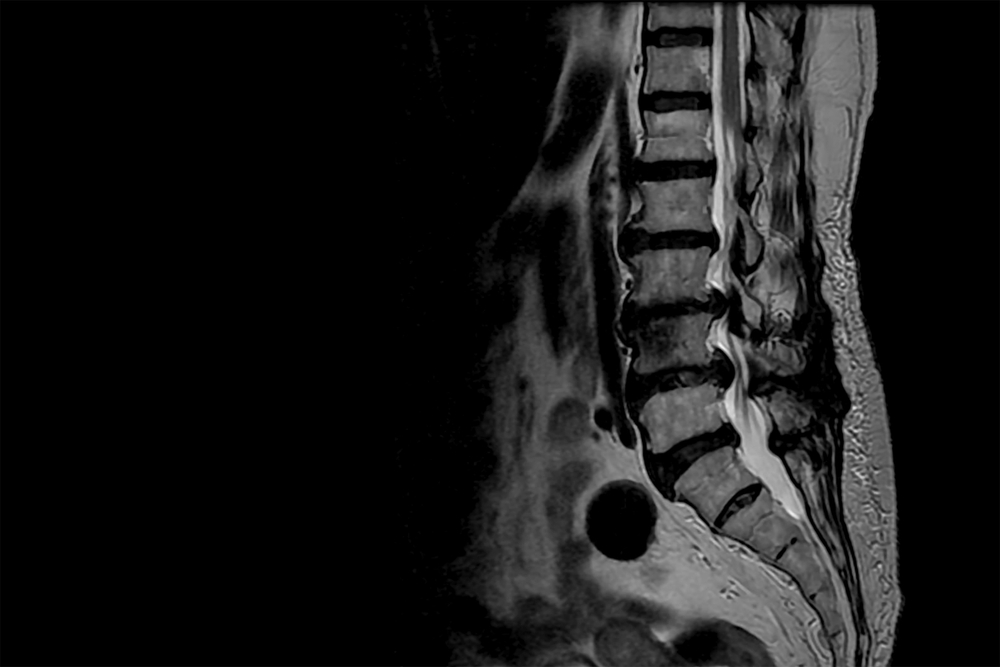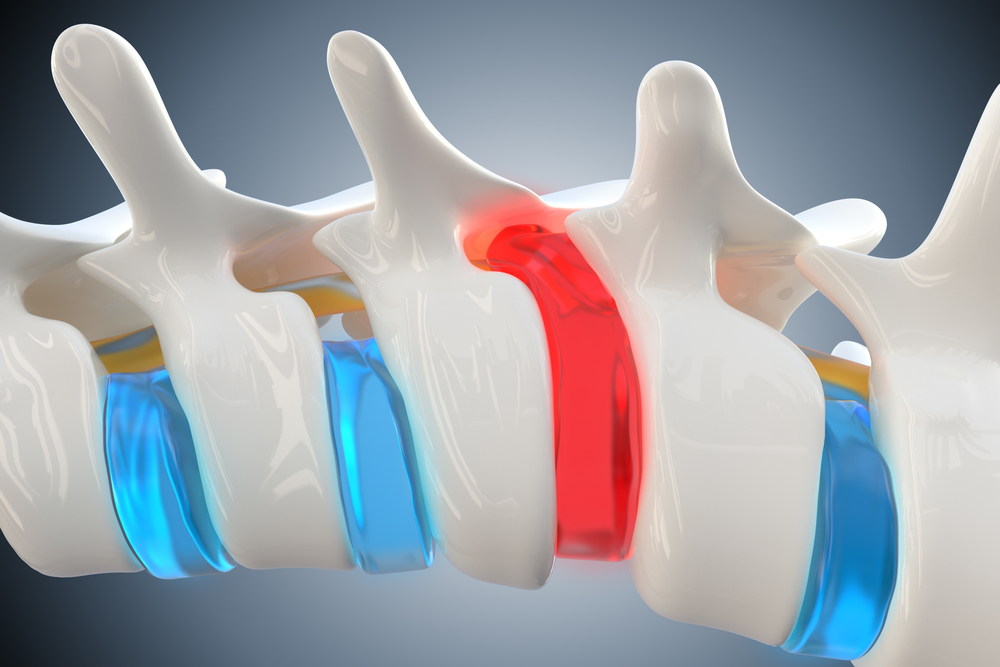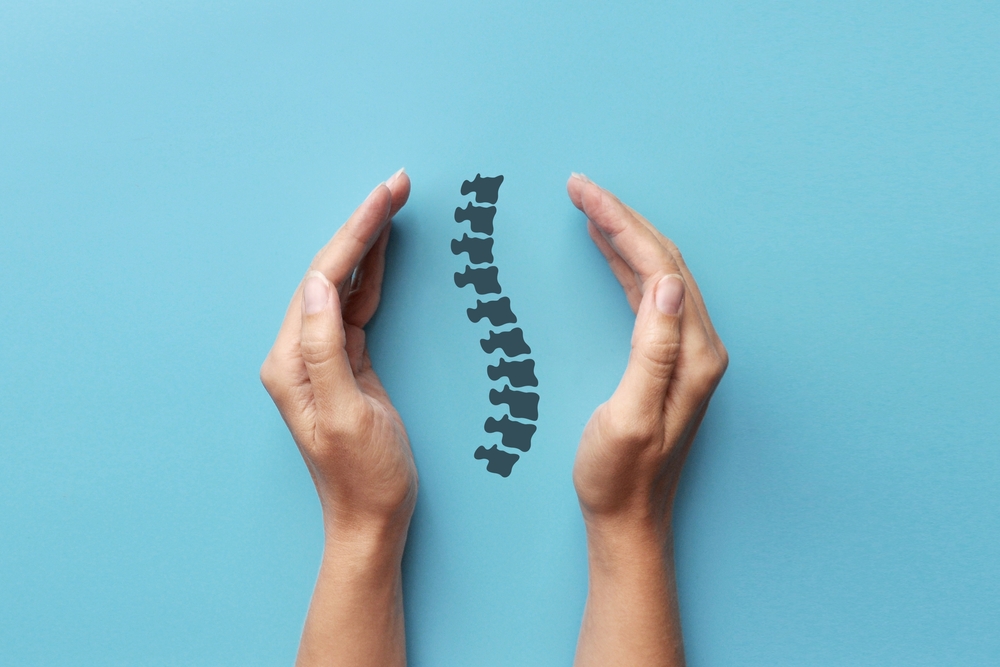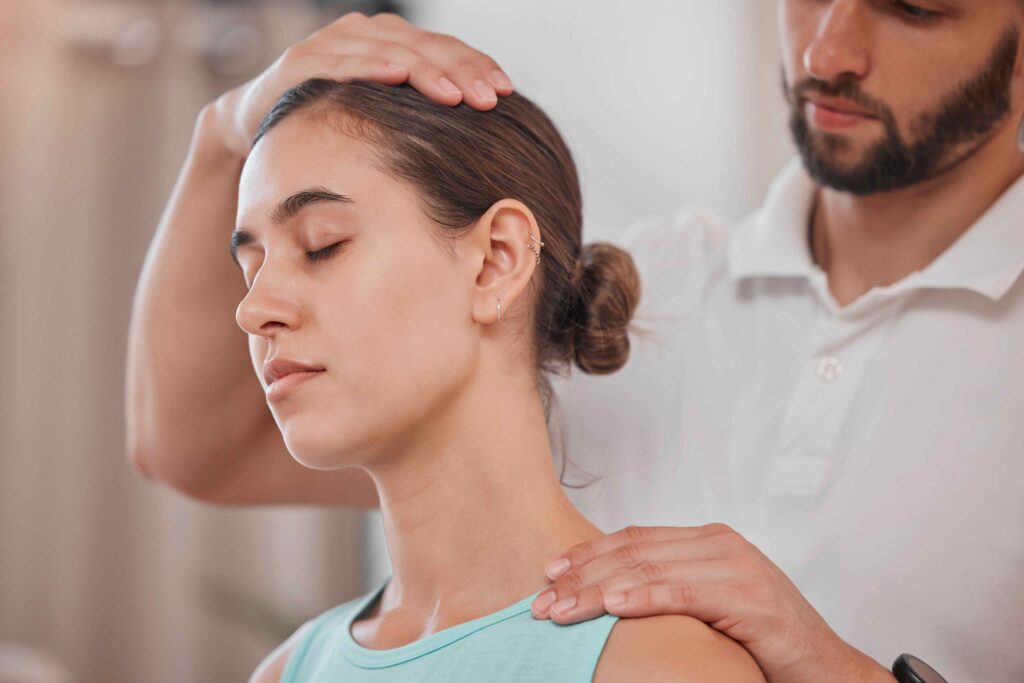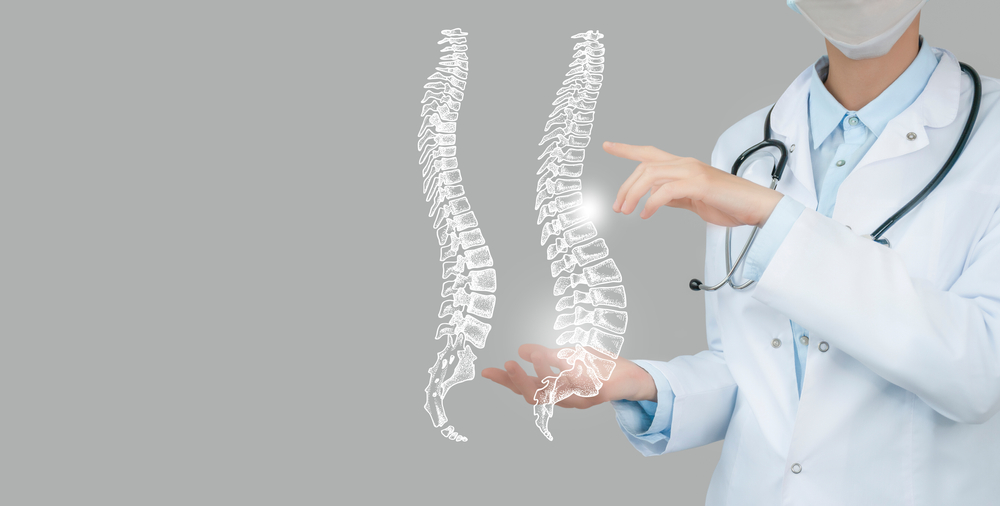
Kyphosis

Kyphosis is a medical term used to describe an excessive outward curvature of the spine, leading to a forward rounding or hump-like appearance in the upper back or thoracic region. This curvature can affect the natural alignment of the spine, resulting in a stooped or hunched posture. Here’s an overview of kyphosis:
Types of Kyphosis:
- Postural Kyphosis:
- This is the most common type and is often associated with poor posture. It typically occurs in adolescents and is reversible with improved posture and muscle strengthening.
- Scheuermann’s Kyphosis:
- This form of kyphosis usually develops during adolescence and is characterized by a more rigid curvature of the spine. It is caused by structural changes in the vertebrae and tends to progress if left untreated.
- Congenital Kyphosis:
- Some individuals may have kyphosis from birth due to abnormal vertebral development. This type may require medical attention, depending on its severity.
- Degenerative Kyphosis:
- As the spine undergoes age-related changes, such as disc degeneration and loss of bone density, kyphosis may develop in older adults.
- Neuromuscular Kyphosis:
- Conditions affecting the neuromuscular system, such as cerebral palsy or muscular dystrophy, can lead to kyphosis.
Symptoms of Kyphosis:
- Roundback appearance: The upper back appears rounded or humped.
- Back pain: Discomfort or pain in the affected area.
- Stiffness: Reduced flexibility in the spine.
- Fatigue: Tiring easily due to altered spinal alignment.
Diagnosis and Evaluation:
- Physical Examination: A healthcare professional may assess the curvature, posture, and range of motion.
- X-rays: Imaging studies can provide detailed images of the spine, helping to measure the degree of curvature.
- Neurological Evaluation: If kyphosis is associated with neurological symptoms, further evaluation may be needed.
Treatment Options:
- Postural Correction:
- For postural kyphosis, emphasis on improving posture through exercises and awareness may be sufficient.
- Physical Therapy:
- Targeted exercises to strengthen and stretch muscles can help improve spinal alignment and reduce discomfort.
- Bracing:
- In growing adolescents with moderate to severe kyphosis, bracing may be recommended to prevent progression.
- Pain Management:
- Over-the-counter pain relievers or anti-inflammatories may be used to manage pain and discomfort.
- Surgery:
- In severe cases or when conservative measures are ineffective, surgical intervention may be considered to correct the spinal curvature.
The treatment approach depends on the type and severity of kyphosis, the age of the individual, and the presence of symptoms. Regular medical monitoring is essential to assess progression and adjust the treatment plan accordingly. Early intervention is often key to preventing worsening of the condition. If you suspect kyphosis or experience symptoms, consult with a healthcare professional for a thorough evaluation and appropriate management.
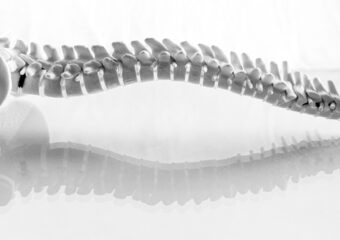

Book an appointment
"*" indicates required fields

